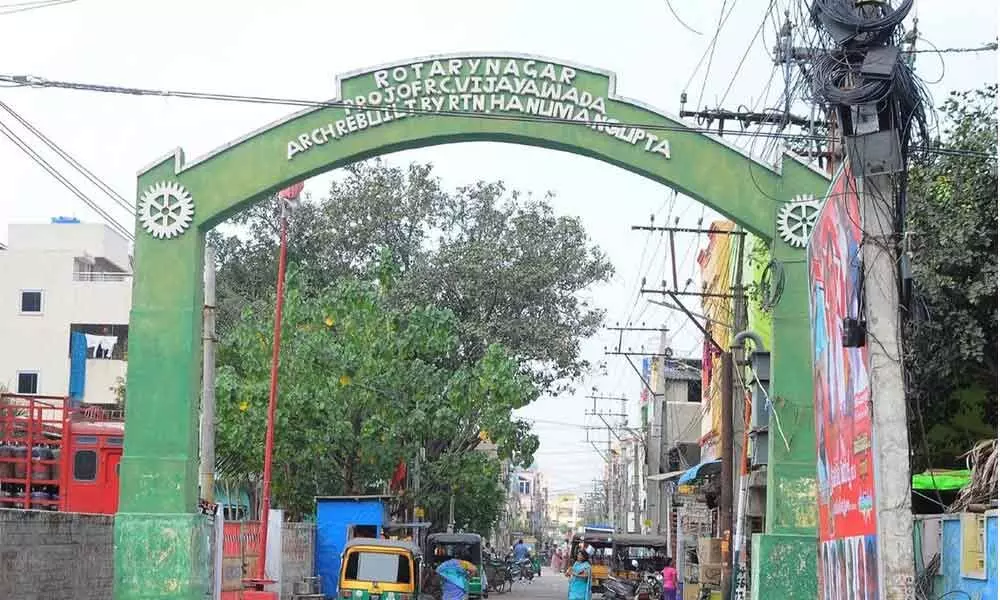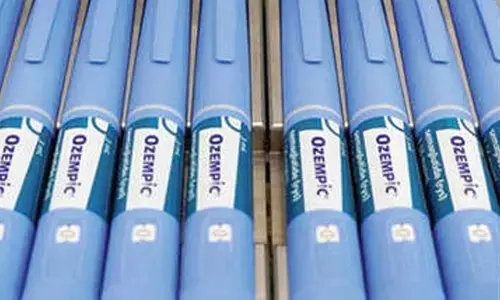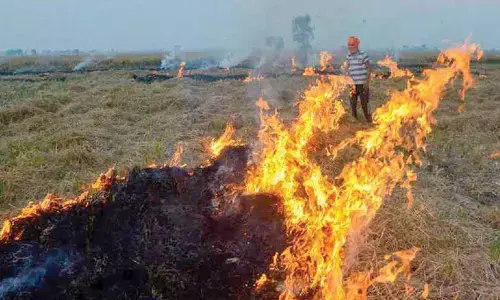Vijayawada: Water stagnation a perennial problem at Rotary Nagar

Rotary Nagar, Vijayawada
Uneven roads and storm water stagnation in the colony are the main issues being faced by the residents of Rotary Nagar. Located in 29th division and between Sitarama junction and Kabela centre, Rotary Nagar is a small colony.
Vijayawada: Uneven roads and storm water stagnation in the colony are the main issues being faced by the residents of Rotary Nagar. Located in 29th division and between Sitarama junction and Kabela centre, Rotary Nagar is a small colony.
Residents have been living in the area for the past two decades, most of them from middle and below middle class.
Rainy season brings sorrow to the residents of Rotary Nagar as rainwater enters houses. It takes hours to drain rainwater and to clean the house. In between, children and elderly people have to suffer and also household items be damaged.
Uneven construction of roads is the main reason for the stagnation of rainwater. R Madhu, a resident of Rotary Nagar, said the Under-Ground Drainage (UGD) works have been continuing at a very slow pace and residents are still taking connections for the past few months.
Another major issue the residents facing is mosquito menace, due to stagnation of sewage water and storm water in the colony.
Rotary Nagar is well connected to main road and RTC bus facility is also available to the residents. The Vijayawada Municipal Corporation staff keep the colony clean by lifting the garbage every day. During summer and winter seasons, residents live comfortably with other basic amenities like enough drinking water supply, CC roads and other facilities.
Due to availability of house rents at affordable prices, many people belonging to middle and low income groups opt for this colony.
Saying that they are happy with everything in the colony, except a few problems, the colony residents requested the municipal authorities to address the long pending problem of drainage and stagnation of storm water.




















